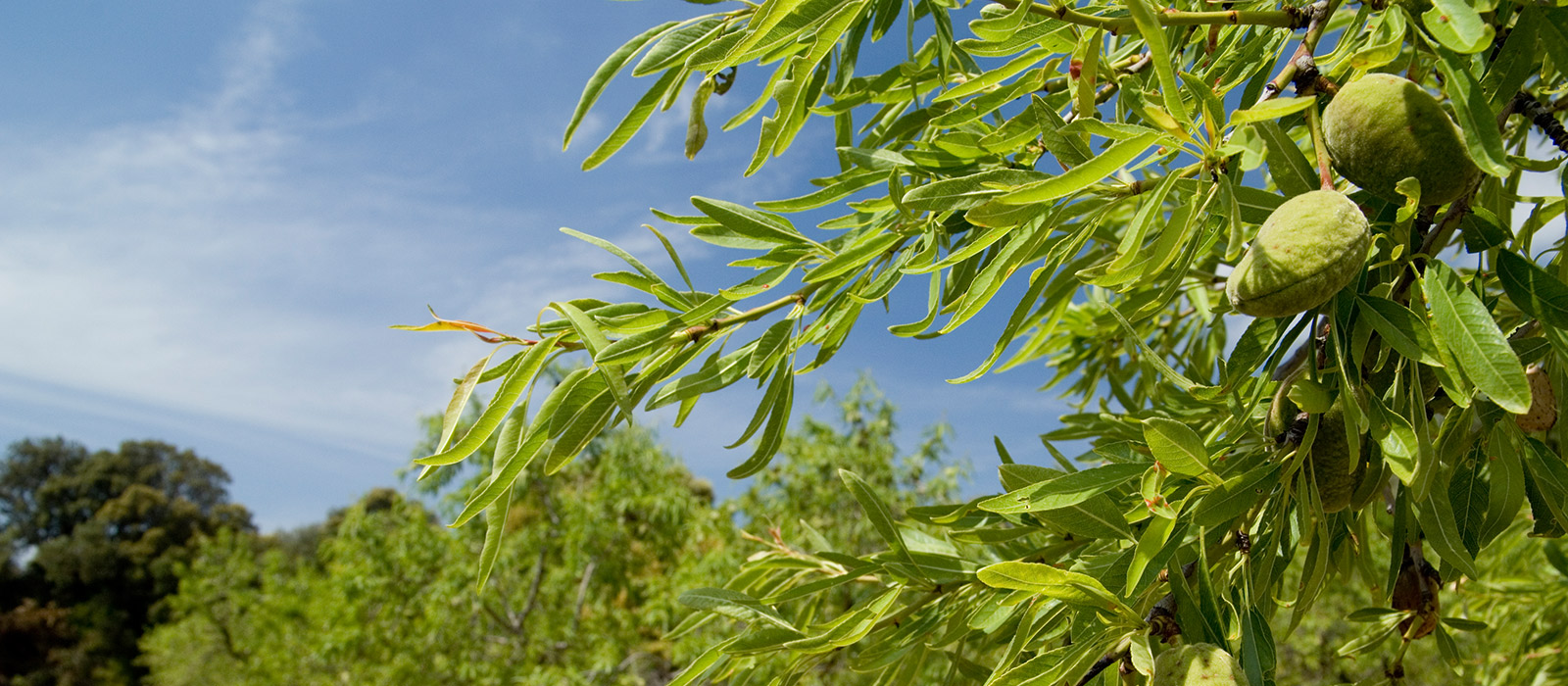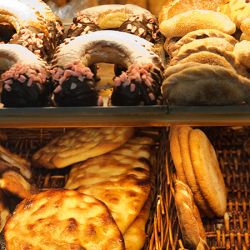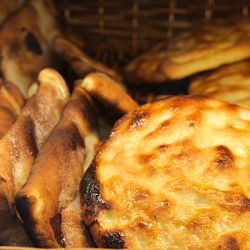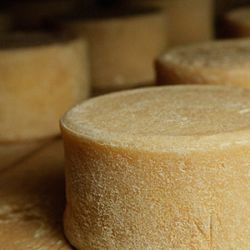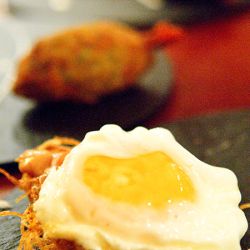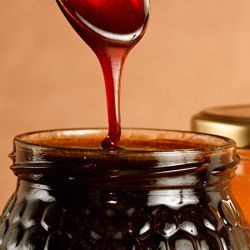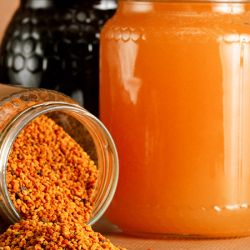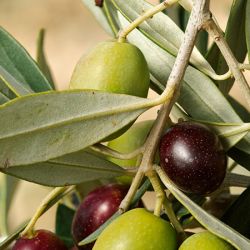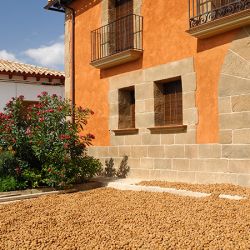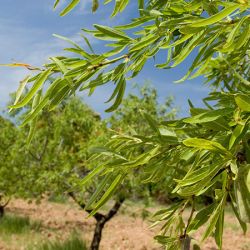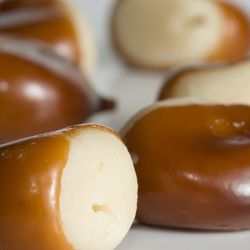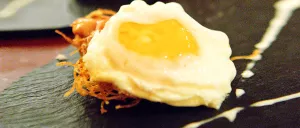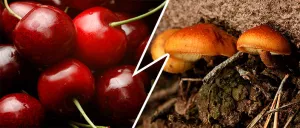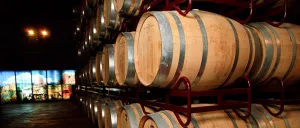In such a contrasting land, where landscapes shift easily from the mountains to the plains, the primary resources adapt inexorably to the land. The medium sets the standards and, therefore, the products are forced to grip to the soil and withstand the factors imposed by the climate. This is why some crops survive and others don't, and why certain animals are bred in the region.
La Hoya de Huesca tastes of cereal, fertile and colourful orchards, squadrons of fruit trees that join forces with stoic vineyards, and leguminous plants. All watered by the nearby rivers. However, the region is not just agricultural, but is also devoted to cattle breeding, hence the love for lamb, pigs, poultry, minor game and other many species which, subsequently, stand as the staple of the pantry, the centre point of the autochthonous gastronomy.
La Hoya's supply market also features olive oil, cheese, honey and wild mushrooms. Public and private kitchens –i.e. restaurants and private homes– have capitalised this string of products to come up with delicious dishes. They have indeed!
Some say that several of some of La Hoya's traditional dishes have been bubbling away in cauldrons for years. A few have even made it onto the menus in restaurants in the area.
Ayerbe's Bon appétit!s –soup made with bread, egg and oil–, Aragon style soup, Aragon style thistles –with cod or pork ribs– or cod in ajoarriero sauce (tomato, pepper and garlic) –a derivation of the popular dish which is prepared with garlic mayonnaise–, are some of the most traditional dishes.
However, the classicism of the regional cuisine also appears in meat dishes, the staple of this gastronomy. An ancestral recipe book from this region would most definitely include lamb with rice and potato, Huesca stew, roast hen from Casbas, Huesca style ox tongue, stewed goat with artichokes, rabbit with snails –which specialists say originated in this region and was then exported to Aragon's three provinces–, Ayerbe stew–made with lamb– and rabbit at Christmas, as prepared, now and in past times, in La Sotonera on December 25.
A traditional cuisine based on these and many other dishes. Products as linked to the territory as Loarre and its castle or Riglos with its mallets.
Desserts are probably the core of La Hoya de Huesca's gastronomy. Tortas from Ayerbe (flat cakes), Almudévar braided pastry, marzipan chestnuts and colinetas de Huesca (almond cake), empanadicos (pumpkin pie) from Loarre… These are just some of the sweets created or confectioned in this spot in Huesca, which are linked immediately to the region.
La Hoya de Huesca has a unique and authentic geo-cuisine –as Cervantes once said, “no dish is scorned in the kitchen when prepared authentically.” The gastronomy also incorporates products and formula from other latitudes. The region is as wealthy as its landscapes, as diverse as its contrasts, and as open as its denizens. The gastronomy of this region is not a secondary element, rather it is a pretext for a visit that sounds good and tastes even better.
Bon appétit!





